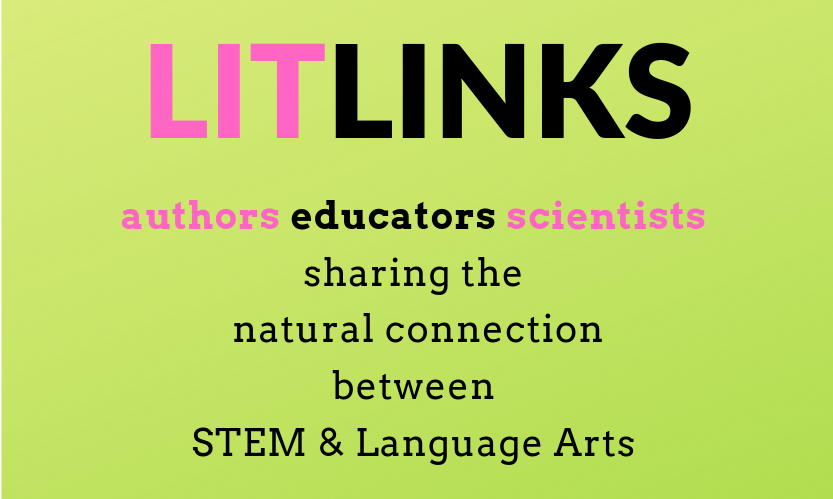
GUEST BLOGGER LAUREL NEME
Animal communication relies on both verbal and nonverbal cues—from vocalizations to facial expressions like the baring of teeth, body postures like a mama elephant’s relaxed trunk draped over her baby, and gestures, like foot stomps and charging.
Indeed, at the heart of most successful wildlife rescue and rehabilitation efforts you will find this skill of interpreting animal behavior from nonverbal cues. Whether a scuba diver untangles a whale from a fishing line, or a veterinarian sets an owl’s wing, the victim must communicate how they feel and the rescuer must “get” the signals and relay some of his or her in what is always a constant back-and-forth.
To better understand the process, think about going to a store and trying on shoes. What happened if it was too small? How did you react? Did you grimace or flinch? If a salesperson was watching, did they suggest you try on another pair?
How did they know?
This is a constant question in The Elephant’s New Shoe, a true story about Chhouk, a baby elephant who lost his foot to a poacher’s snare. Throughout the story, rescuer Nick Marx relied on Chhouk’s nonverbal cues to figure out how the calf was feeling—which was especially important to fit the elephant’s prosthetic foot.
Explore animal communication
Read The Elephant’s New Shoe. Ask your students to examine each page of the book to identify how Chhouk was feeling and how he expressed those feelings.
Create a list of the possible messages students come up with.
Using students’ review of The Elephant’s New Shoe as a base, brainstorm a list of what Chhouk was trying to say. Some possibilities include:
- Back off / Go away
- I’m hungry
- I’m hurt
- Danger
- I’m sad
- I’m happy
- Let’s play
- I’m scared
List nonverbal animal communication cues
From here, develop a list of ways Chhouk expressed these messages. Consider the following questions:
- What was his trunk position?
- What were the position of his ears?
- Did he move his body in a certain way?
- Did he make certain sounds?
Compare to how people communicate without speaking
Now, ask your students to think about how they use might use nonverbal signals to communicate. To make it easier, they can focus on specific examples, such as trying on new shoes or clothes, sampling a food, or watching a bad or good movie.
Nonverbal cues include combinations of facial expressions, gestures, tone of vocalizations, posture and other body language.
Students can also discuss how they know when a friend is happy? Sad? Mad? Hungry? Frustrated?
Compare to cues from pets
To further expand and ground the discussion, compare Chhouk’s signals to that of pets.
Students can ask themselves how they know when their dog, cat or other pet is happy? Sad? Mad? Hungry? Frustrated?
Then, make a list of how they know.
For instance, a list for a dog might include the following:
- Sit by bowl
- Stare
- Hair on haunches stands up
- Wag tail
- Nuzzle
- Bow
Identify what each means.
Expand the discussion to other species
Compare these signals to other species. What is similar? What is different?
Students can start with elephants, using Chhouk as an example. Research elephant communication and identify a list of behaviors and what they mean. How do these ways compare to Chhouk?
What are the similarities and differences in animal communication?
Research how other kinds of animals—from wolves and whales to bears and birds—express themselves and develop a list. Compare the lists for different kinds of animals.
What are common messages that animals want to communicate? Possibilities include: warnings of danger, love, hunger, wanting to play.
How do they communicate similar messages? For instance, kangaroos thump their back legs to warn of danger, but white-tailed deer flick their tails while elephants flap their ears and trumpet.
Consider whether there are there common ways groups of animals—such as canids or felids—communicate? For instance, do house cats communicate in any ways that are similar to tigers?
Are there similarities for animals that live in similar habitats? For instance, do forest creatures use similar cues?
Or are there similarities between marine animals?
Celebrate variety
Students can also have fun discovering and celebrating the oddities of animal communication. Did you know gorillas stick out their tongues to show anger? Or burp when happy?
Brainstorm possible awards—funniest, most confusing, most human-like, etc—and have a contest where students vote.
Even though Nick and Chhouk didn’t speak the same language, they clearly understood each other—and simply thinking about the ways we all communicate might help us all understand each other a little better.
Whatever you do, I’d love to hear what you discover!
Laurel Neme is an expert on wildlife. She contributes regularly to National Geographic and Mongabay.com, and is the author of ANIMAL INVESTIGATORS: How the World’s First Wildlife Forensics Lab is Solving Crimes and Saving Endangered Species, ORANGUTAN HOUDINI, and THE ELEPHANT’S NEW SHOE (from Scholastic). , about an elephant with a prosthetic foot and the rescuer who saves him. Neme holds a PhD from Princeton University and a Master’s from the University of Michigan—which is probably why she loves tigers and wolverines. She loves to do school visits and in her spare time has fun training her way-too-smart German shepherd to do laundry. You can learn more at www.LaurelNeme.com. Twitter: @LaurelNeme


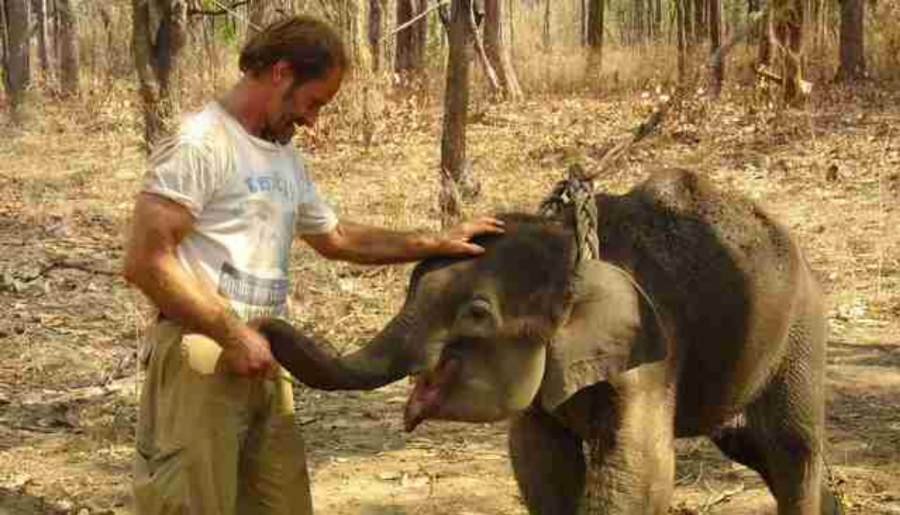
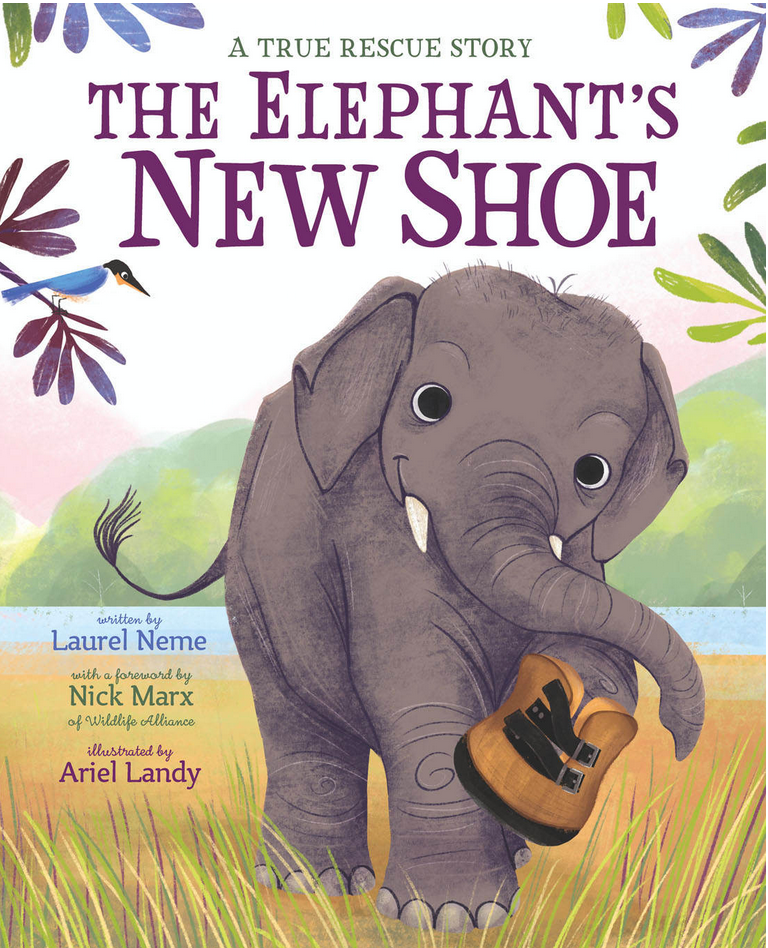



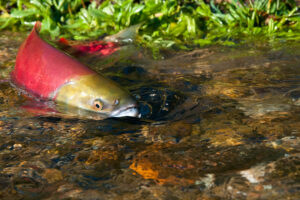
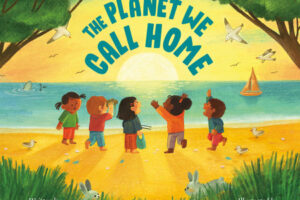



Leave a Reply
Your email is safe with me.